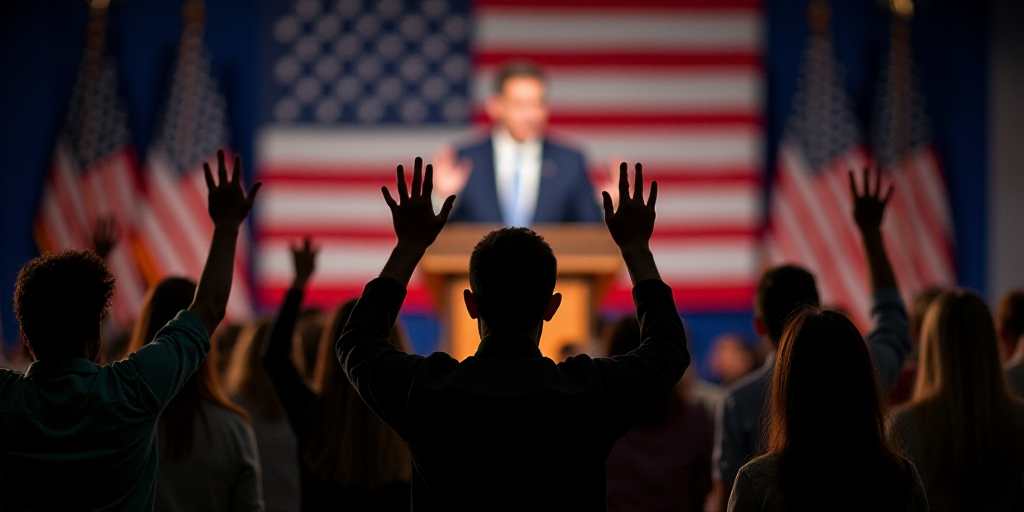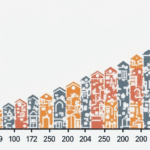Background and Relevance
Donald Trump, the former U.S. President, is central to this news story due to his ongoing influence on political matters despite not being in office. The situation revolves around the potential partial government shutdown, which would occur if Congress fails to pass a funding bill by the end of the day. Trump’s meeting with leading Democratic and Republican Congressional figures aims to address this impending crisis.
Key Players and Their Roles
- Donald Trump: Former President, attempting to mediate between Democrats and Republicans.
- Chuck Schumer: Senate Majority Leader (Democrat), advocating for healthcare funding and opposing Republican budget proposals.
- JD Vance: Vice President (Republican), blaming Democrats for the potential shutdown and accusing them of holding the American people hostage.
Meeting Outcome and Key Issues
The meeting organized by Trump did not yield any progress, with both parties blaming each other for the lack of resolution. Schumer stated that “there are still big differences” between the two sides, and he claimed to have presented “some proposals” to Trump. Vance, on the other hand, accused Democrats of “pointing a gun at the head of the American people” with their funding demands.
Potential Impact of a Government Shutdown
If Congress does not pass a funding bill by the end of the day, the government will partially shut down, leading to non-essential operations ceasing, temporary layoffs of hundreds of thousands of public servants, and disruptions in social security benefits payments.
Key Democratic Demands
Democrats are pushing for the restoration of hundreds of millions of dollars in healthcare spending, specifically targeting the Obamacare program for low-income households, which the Trump administration aims to eliminate through its “Big, Beautiful” budget bill passed in July. They also seek to prevent Republicans from later cutting approved funds via the “rescission” process, which only requires a simple majority.
Congressional Dynamics
With Republicans holding a narrow majority in both the House and Senate, they need at least 60 out of 100 votes in the Senate for budget bills to proceed. Democrats aim to leverage their unusual influence in these negotiations.
Economic Data Publication Suspension
In the event of a partial government shutdown, the Departments of Labor and Commerce announced that they would suspend the publication of economic data, including September’s employment report, construction spending figures, and August’s international trade data.
Key Questions and Answers
- Q: Who is Donald Trump in this context? A: Former U.S. President, attempting to mediate between Democrats and Republicans regarding a potential government shutdown.
- Q: What are the key issues at hand? A: Democrats demand restoration of healthcare funding and prevention of later budget cuts, while Republicans propose extending current funding until late November, hoping for longer-term spending negotiations.
- Q: What would be the consequences of a partial government shutdown? A: Non-essential operations would cease, public servants would be temporarily laid off, and social security benefits payments could be disrupted.
- Q: How would a government shutdown affect economic data publication? A: The Departments of Labor and Commerce would suspend the release of crucial economic data, including employment reports and trade statistics.






